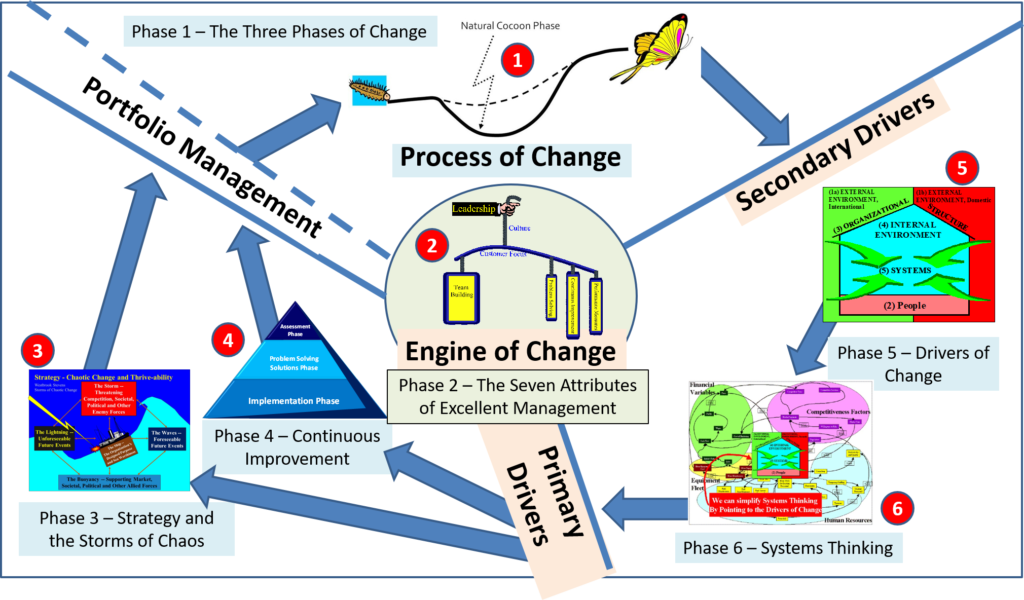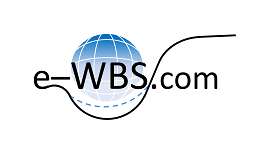Mastering Change Management with the 6 Linked Management Models
The University of Tennessee’s Tickle College of Engineering, Center for Advanced Systems Research and Education presents Mastering Change Management, by Craig A. Stevens (PMP, LSS-MBB, S(D/M/PO)C, SAMC), President of Westbrook Stevens, LLC and Senior Project Manager – Applications at Ardent Health Services.
Using the Six Linked Management Models (6LMM) to Compliment the Sawhney Model to Transform Operations and Enhance Employee Quality of Life

Level 1: White Belt Workbook
The Forgotten Phases of Change Management
By Craig A. Stevens
October 2019
The Leaders’ Roadmap for Selecting, Implementing, and Managing Change and Innovation in Chaotic Times.
Workshop Abstract:
Why change? Mark Twain once said, “The only person who likes change is a baby with a wet diaper.”
So why bother? First, change is going to happen with or without you. Therefore, you either master change or become irrelevant. Furthermore, to compete in today’s world we must turn change into a competitive advantage and make change management one of our strongest core competencies.
“Mastering Excellent Strategic Change Management” is the goal. During this series of workshops, we will bring you through a journey of developing a systematic and repeatable process to master change within your organization. We will use the Six Linked Management Models (6LMM) designed to simplify the very complicated subject of sustainable change. And apply it to the Sawhney Model to Transform Operations and Enhance Employee Quality of Life.
Model 1: First, we will learn about the process of change using The Three Phases of Change Model (3PCM). We will investigate the three phases (Before, During, and After) that every change goes through and apply these to our world and every management system we have. We will investigate what good looks like and learn how to minimize the natural dips and failures that often result from poorly managed change.
Model 2: Next we will learn about the engine that drives excellent management throughout our organization. This engine drives everything we do. Mastering the Seven Attributes of Excellent Management (7AEM) will not only optimize the results of change it will also maximize the success of your operations.
Successful organizations drive change into their organizations with continuous improvements and strategic step changes. We will learn about the primary drivers of change using two easy to use models. Model 3: The Five Elements of the Storms of Chaos (5ESC) gives us an easy to follow process to facilitate strategic planning and gives us candidates for major strategic changes. Model 4: The Three Phases of Continuous Improvement (3PCI) simplifies lean, six sigma, and continuous improvement into three easy to follow phases that anyone in any organization can both understand and apply.
Every change drives other secondary changes. We will learn how to find and organize the secondary changes that are often overlooked and can sabotage your best plans. Model 5: The Five Elements of the Secondary Drivers of Change (5SDC) gives us a way to organize secondary changes into easy to understand groups. Model 6: The Systems Secondary Drivers of Change (SSDC) allows us to dive deeper into the root causes of problems and the routes to success so that we are more likely to make the best decisions.
Workshop Plans
Over the next 5 months we will progress from overview to hands-on application, as we dive deeper into the program.
- October Session, Executive Summary – This is Level 1, Executive Summary or White Belt Training. During the first session we narrow our discussion to the “What and Why” of each model. We spend our time learning about the background of the models, how everything fits together, and focus on leadership, culture and higher-level organizational issues.
- November Session, Manager Level Summary – This session is Level 2 or Yellow Belt Training. This session builds on Level 1 and focuses on the Who, When, and Where of the Linked Management Models as applied to the Sawhney Model. Here we dive deep into Leadership, culture, customer focus, and people issues. We will address a step-by-step process of managing change.
- December, January, and February Sessions, Application Level – These sessions are designed at the deeper application level, Level 3 or Green Belt Training. Here we focus on How to implement the program. We work on mastering the Art and Science of Change; Mastering Key Core Competencies, Skills, and Tools; Project Management; Configuration Management; and Continuous Process Improvement (Lean and Six Sigma Tools, CI, Performance Measures, etc.).
During each workshop we will use hands-on exercises and share experiences for applying what we learn to our own organizations.


